What is Montessori Homeschool Education?
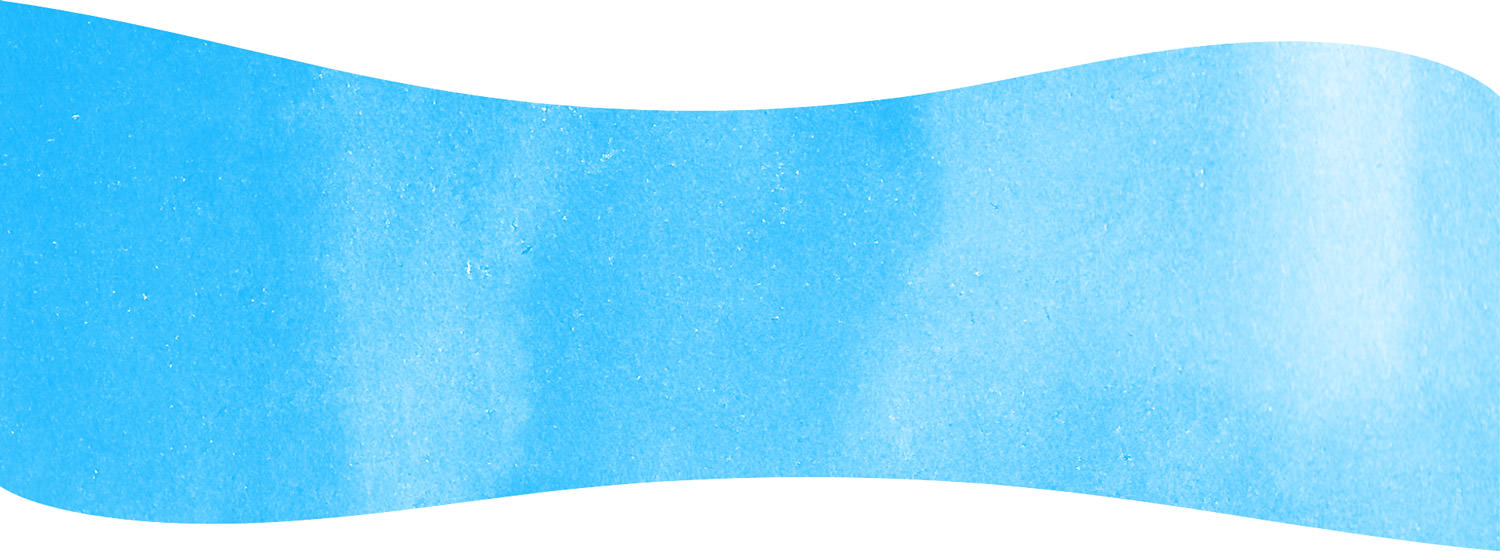
“The secret to education is that we have a lot to learn from children. We need to see the child as someone to learn from and with, not just an empty vessel to be filled up with knowledge. When we create the best environment for the child to flourish, he will reveal himself to us as a precious creation gifted to us by God.”
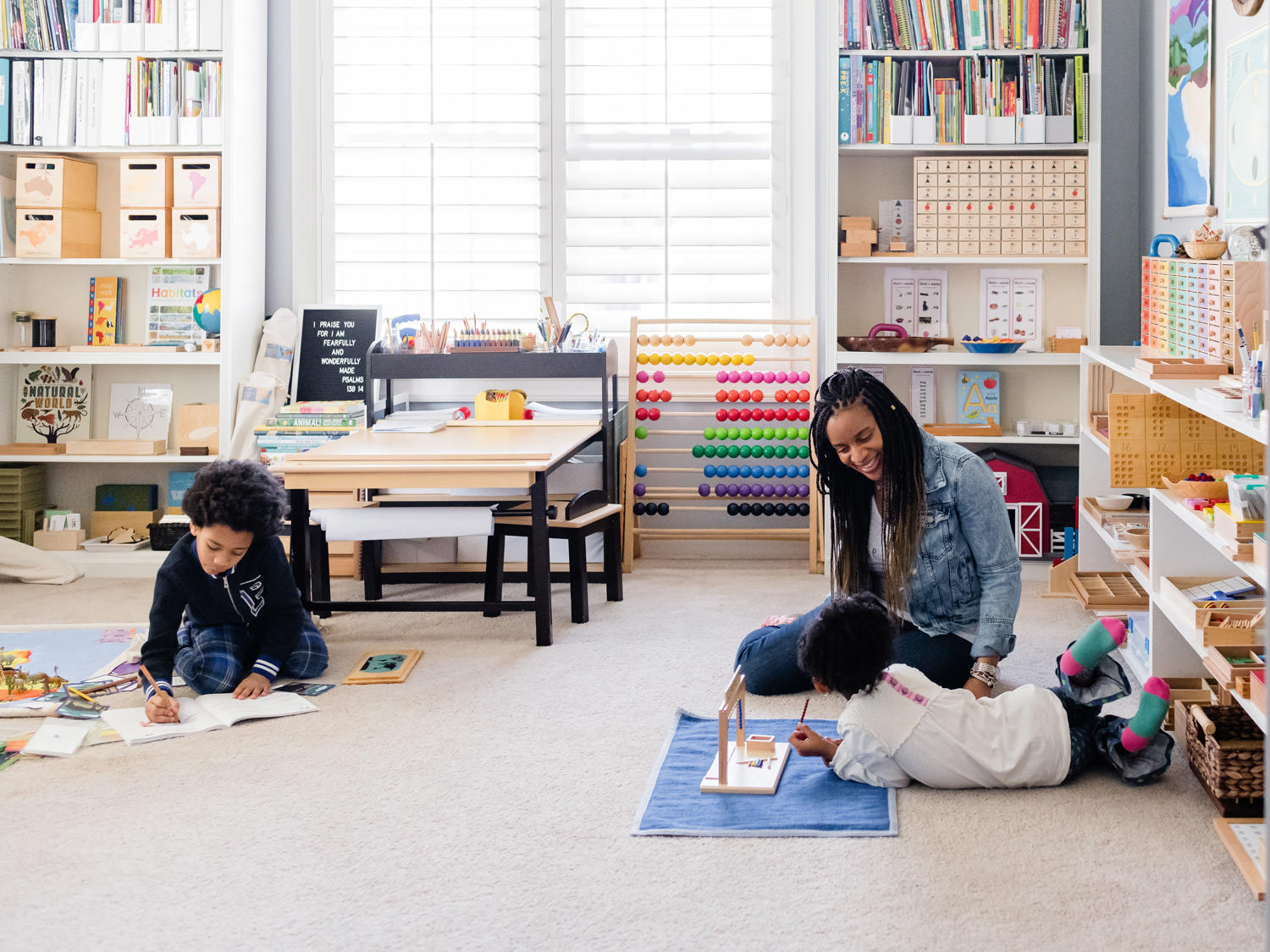
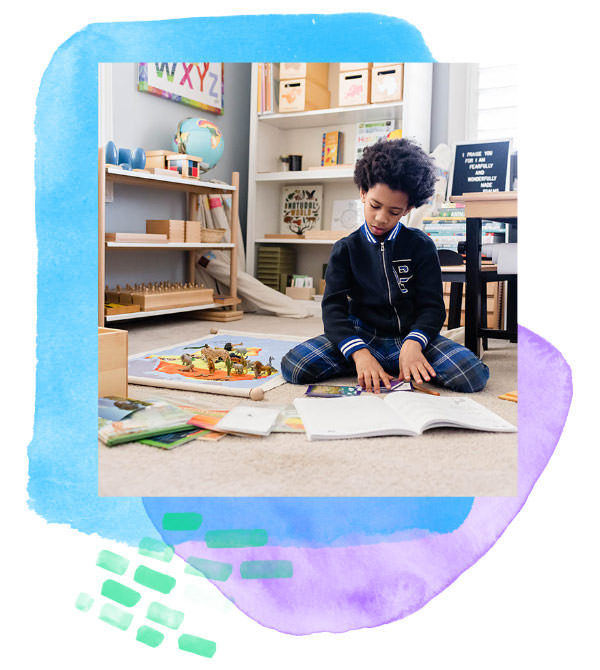
Simplicity, function, and order.
When I think of Montessori homeschooling I think of the simplicity, function, and order, of the Montessori method merged with the comfort, beauty, and familiarity of home. Many Montessori schools aim to mimic the feel of “the casa” or the home in an effort to help the child feel welcome and at ease. For my family, our home, our casa is my children’s Montessori environment! Dr. Maria Montessori writes, “The first aim of the prepared environment is…to render the growing child independent of the adult. That is, it is a place where he can do things for himself — live his own life — without the immediate help of adults.” When my children were toddlers I saw right away that they would gain confidence in doing things themselves, so I got to work preparing our home!
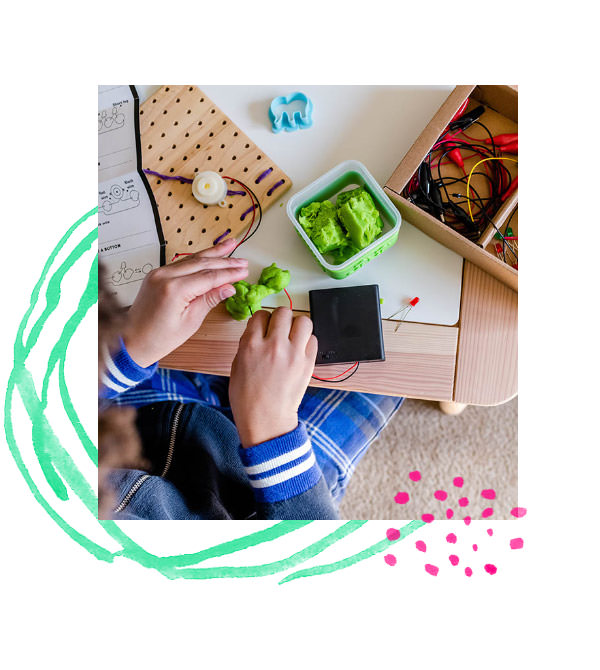
Freedom of thought and movement.
I envisioned a space that would accommodate their needs so they could do simple things like fetch their own art materials, pour themselves a glass of water, and make their own snack. I organized our home to include an “art cart” which holds art supplies, activity books, and handwriting materials, all of which are used daily. Our prepared environment includes things like a small broom and dust pan, cloths for wiping surfaces, easily accessible trays to contain messy art projects, waterproof smocks, child-size dishes, a mirror for checking their faces after eating, a stool, and even a small spray bottle filled with water for misting plants or surfaces that need to be wiped clean. Over time I’ve watched my children become more and more independent and am amazed at how capable they are!
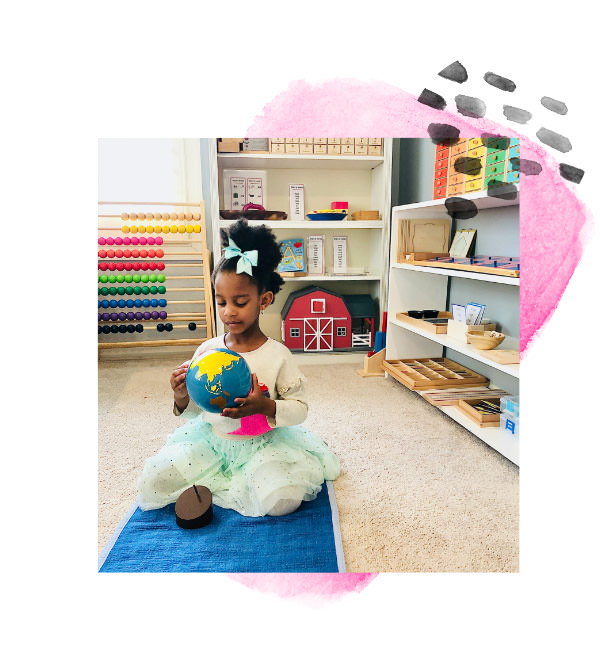
Emotional, peaceful, social, and physical development.
The Montessori method is a whole-child education philosophy focused on the child’s cognitive, emotional, peaceful, social, and physical development. It’s an education model that assumes movement and the entire school space is setup as such. Children are given the freedom to work alone, in pairs, in groups, or with a guide. They’re encouraged to explore the specially designed, self-correcting Montessori learning materials and come up with conclusions on their own.
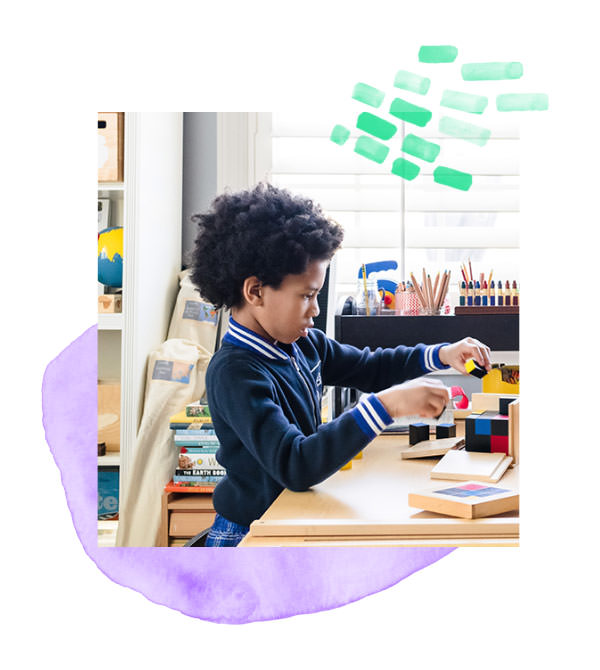
Holistic and Comprehensive.
In a Montessori environment children begin learning with concrete materials. One example is the knobbed cylinders, a material designed to teach the child visual discrimination of dimensions. After some work with the material, the child learns that the cylinders are organized in a particular order — from tall to short, thick to thin, or a combination thereof. And so in working with the material the child learns a lesson in seriation. She does not need to be told the correct order because she has learned the order for herself.
why we chose to homeschool using the Montessori method

I chose to educate my children using the Montessori method because I wanted an education model that would encourage complete freedom of thought and movement. I wanted my children to have a balanced educational experience with an aim to train and mold them (educare) while providing ample space for bringing forth their learning from within (educere). I wanted to nurture my children’s natural desire for understanding, knowledge, and respect. I wanted them to learn without restrictions, without being told to raise their hand to speak, or that they need to ask permission to enjoy a snack or visit the bathroom.
But perhaps the most important reason why I chose to homeschool using the Montessori method is for the opportunity to present my children with a wholistic, comprehensive, and objective view of the world. It is my belief that a Montessori, African-centered approach to education will best culturally affirm my children and prepare them for the demands they will face as adults in the twenty-first century.
